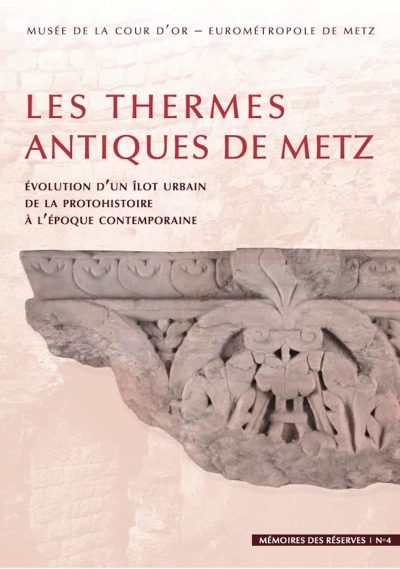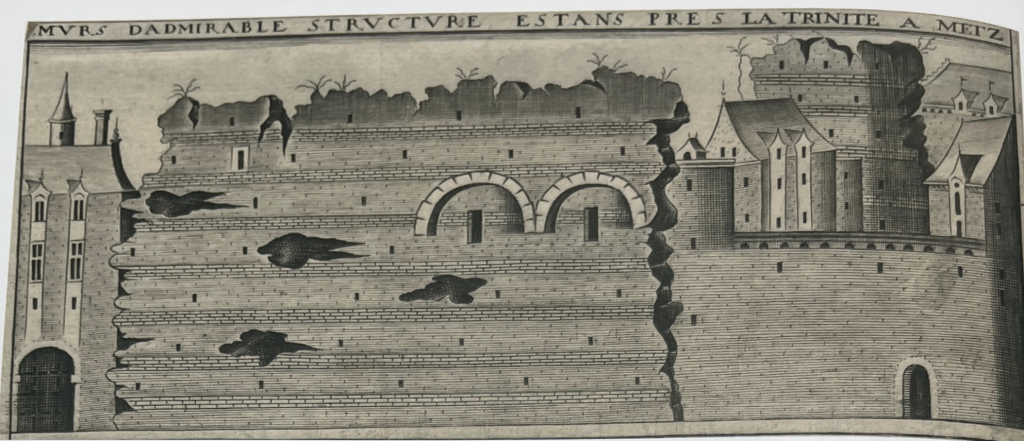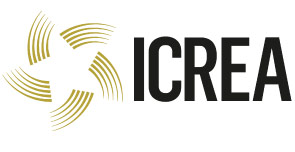Ier colloque de l'AFEDMA - De marbre et de calcaire : les revêtements lapidaires, reflet des identités provinciales en Gaules et en Germanie
Metz (França), 2 i 3 de desembre de 2025
Recent archaeometric research on the marble revetments of the Roman baths of Metz (Divodurum Mediomatricorum, Moselle) provides new insight into the mechanisms of stone supply and the decorative strategies that defined monumental architecture in northern Gaul.
A analytical approach combining petrographic microscopy, cathodoluminescence, and stable isotope analysis (δ¹³C, δ¹⁸O) was applied to a selection of wall veneers and architectural fragments. The results highlight both regional and imported materials: diabases from Trier and the black marbles of Belgium on the one hand, and, on the other, Pentelic marble, Greco Scritto from Hasançavuslar, cipollino from Karystos, and breccia from Skyros.
This communication will focus on these analytical results, discussing both the clear identifications and the cases where the data remain inconclusive, in order to reflect on the interpretative limits and possibilities of current provenance studies in this specific case.

This study was carried out with the support of the Musée de La Cour d’Or in Metz, as part of the preparation of the volume
BRUNELL, Philippe, Julien TRAPP, and Alain BOUET, éd. Les thermes antiques de Metz: évolution d’un îlot urbain de la protohistoire à l’époque contemporaine. Mémoires des réserves, n°4. Musée de la Cour d’or-Eurométrople de Metz Snoeck, 2024.
This fourth volume in the “Mémoires des réserves” series focuses primarily on the ancient baths of Metz. It is the result of ten years of ambitious, multidisciplinary research carried out by the teams of the Musée de La Cour d’Or. The book offers a comprehensive overview of the evolution of part of the Sainte-Croix hill, the original settlement area of the city, from the Bronze Age to the present day.
The architectural analysis of the bath complex, the use of new technologies, and the study of archaeological material and archival documents have significantly clarified the phases and chronology of occupation. The volume provides an up-to-date synthesis of current knowledge, enabling a better understanding of the development of this urban block over more than 2,000 years, as well as the layout of the former baths of Roman Divodurum Mediomatricorum.






